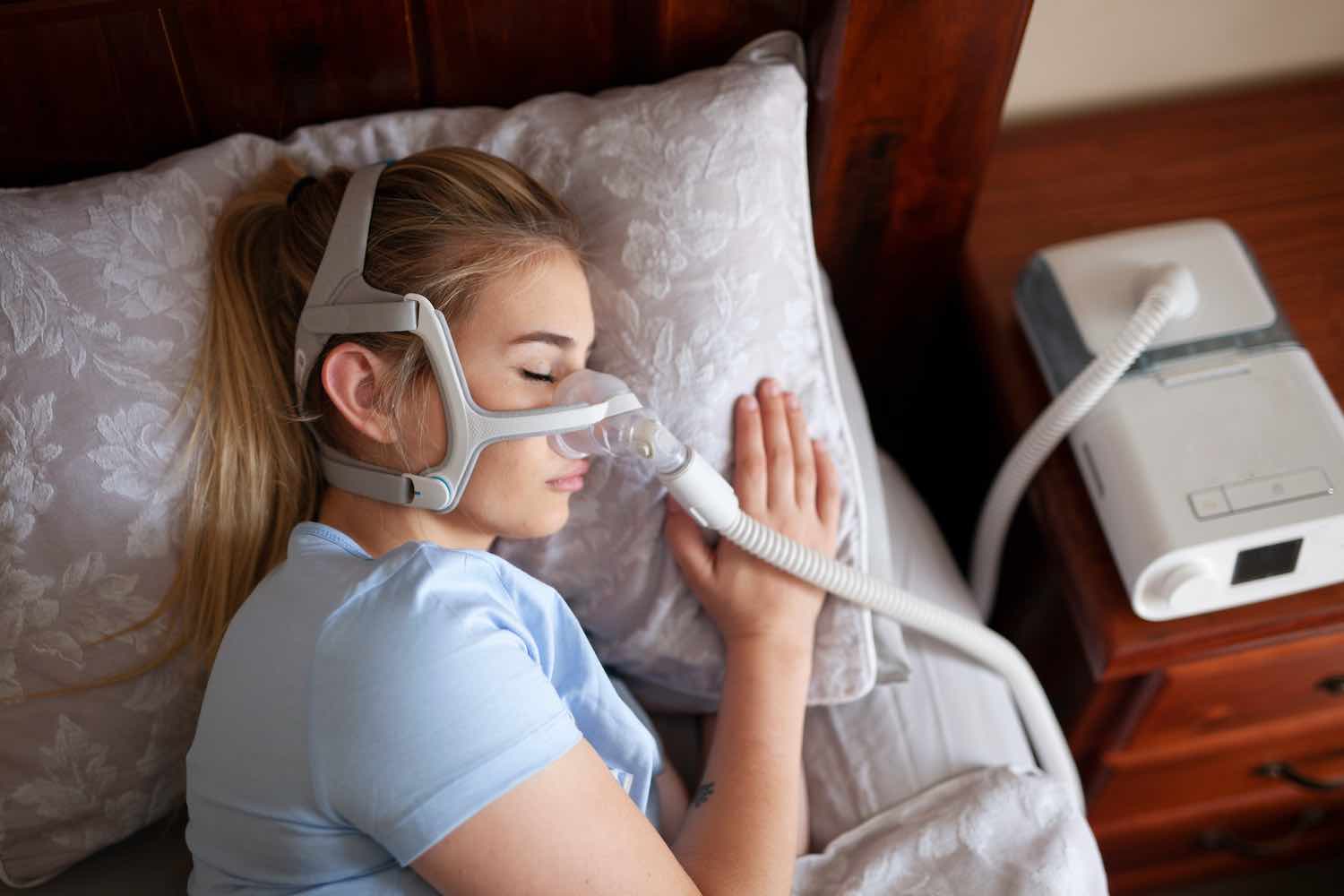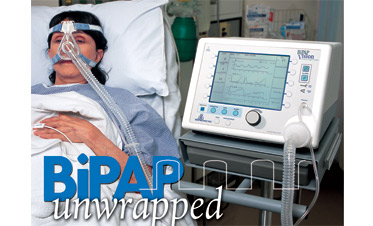Your Guide to Cost Effective BiPAP Rental in Your Location
Your Guide to Cost Effective BiPAP Rental in Your Location
Blog Article
Bipap vs. CPAP: Which Is the most effective for Your Sleep Disorder?
When browsing the complexities of rest disorders, the option between BiPAP and CPAP treatment is a crucial factor to consider. While CPAP provides a constant airflow ideal for obstructive rest apnea, BiPAP's twin pressure settings might boost convenience for those with more complex respiratory problems.
Comprehending Rest Disorders
Rest disorders encompass a variety of conditions that disrupt regular sleep patterns, impacting both the high quality and period of rest. These problems can manifest in numerous forms, consisting of sleeping disorders, rest apnea, narcolepsy, agitated leg syndrome, and parasomnias. Each condition presents unique challenges, commonly bring about significant daytime tiredness, cognitive disability, and psychological disruptions.
Insomnia is characterized by trouble dropping or remaining asleep, while rest apnea includes duplicated interruptions in breathing throughout rest, commonly leading to fragmented rest. Narcolepsy, on the other hand, is marked by too much daytime drowsiness and abrupt rest attacks. Uneasy leg disorder triggers unpleasant sensations in the legs, motivating an irrepressible urge to relocate them, which can likewise impede the ability to drop off to sleep.
The impact of rest conditions expands past specific health and wellness, influencing overall productivity, relationships, and quality of life. Recognizing the details nature of each condition is crucial for reliable diagnosis and therapy. As sleep health comes to be increasingly recognized as a crucial part of overall wellness, dealing with these disorders is necessary for improving both sleep top quality and day-to-day functioning.
How CPAP Functions
Constant Favorable Airway Stress (CPAP) therapy is often employed as a primary therapy for obstructive sleep apnea (OSA) The system of CPAP involves the use of a machine that supplies a steady stream of air with a mask worn throughout rest. This air flow maintains positive pressure in the air passage, avoiding the collapse or obstruction of the throat that can take place during sleep.
When an individual breathes in, the CPAP machine offers a continual circulation of air, guaranteeing that the airway remains open - BiPAP Rental. This not just minimizes the symptoms of OSA, such as snoring and interfered with sleep patterns, but likewise decreases the connected health and wellness dangers, including cardiovascular difficulties and daytime fatigue
The stress settings on a CPAP equipment can be personalized to fulfill individual client needs, typically established through a sleep research study. Clients commonly go through titration research studies to find the ideal pressure level for their unique condition. Routine follow-up and changes may be necessary to make certain performance and comfort. Generally, CPAP treatment has actually been revealed to dramatically boost the top quality of rest and total wellness for individuals dealing with obstructive rest apnea.
How BiPAP Works
BiPAP, or Bilevel Positive Airway Pressure, is a specialized form of non-invasive ventilation that is specifically valuable for patients with conditions such as intricate rest apnea or breathing disorders. Unlike CPAP, which delivers a continuous stream of air at a solitary pressure, BiPAP offers two distinct stress setups: a higher inspiratory stress for breathing and a lower expiratory stress for exhalation. This dual-pressure method enables easier breathing, reducing the initiative called for during exhalation.
The device operates via a mask fitted over the nose or mouth, connected to a device that creates air pressure. When the patient breathes in, the equipment delivers the higher pressure to help with air movement, guaranteeing that the airway stays open. Upon exhalation, the equipment instantly reduces the pressure, making it extra comfy for the patient to take a breath out.

Secret Differences In Between BiPAP and CPAP

In contrast, BiPAP (Bilevel Positive Airway Stress) offers 2 various pressure settings: one for breathing and a lower one for exhalation. This dual pressure system enables even more comfy breathing, specifically for people who deal with breathing out against a continuous pressure. BiPAP is commonly suggested for people with intricate sleep apnea, persistent obstructive pulmonary disease (COPD), or those who call for additional support during rest.
In addition, the complexity of BiPAP gadgets commonly causes a greater price and needs more cautious titration than CPAP. BiPAP Rental. Understanding these key distinctions can read more help in identifying which gadget might be a lot more suitable for particular sleep conditions, establishing the groundwork for informed treatment decisions
Choosing the Right Therapy
The decision in between BiPAP and CPAP treatment primarily pivots on the specific qualities of the sleep disorder, the individual's overall wellness, and their comfort with the device. CPAP, which supplies a continuous stream of air, is frequently suggested for obstructive rest apnea (OSA)
On the other hand, BiPAP provides 2 levels of pressure: one for breathing and a reduced one for exhalation. This dual stress system is beneficial for individuals with complex rest apnea or those that experience difficulty exhaling versus a constant stress. In addition, BiPAP is commonly advised for individuals with breathing conditions, such as persistent obstructive pulmonary disease (COPD), where varying pressure settings can improve convenience and compliance.
Ultimately, a comprehensive examination by a rest specialist, consisting of a sleep study, can assist establish which therapy aligns best with the person's requirements. Elements such as convenience, simplicity of usage, and certain clinical conditions must additionally be considered to official statement enhance therapy end results.
Conclusion
In summary, both BiPAP and CPAP serve distinctive objectives in the monitoring of rest problems. CPAP is efficient for obstructive rest apnea with constant air movement, while BiPAP supplies dual pressure setups that boost convenience for those with complex sleep apnea or respiratory concerns. The option between these treatments must be guided by individual demands and conditions, requiring a comprehensive assessment by a sleep professional to ensure optimal treatment end results and enhanced quality of rest.

In general, CPAP therapy has actually been shown to substantially boost the top quality of rest and total health for people enduring from obstructive rest apnea.
BiPAP is usually suggested for clients with complex rest apnea, chronic obstructive pulmonary disease (COPD), or those that require additional support throughout rest.
CPAP is efficient for obstructive rest apnea via regular airflow, while BiPAP uses dual stress setups that enhance comfort for those with complex rest apnea or breathing concerns.
Report this page